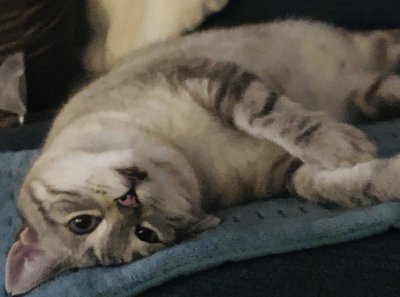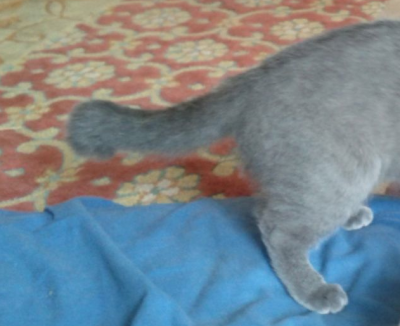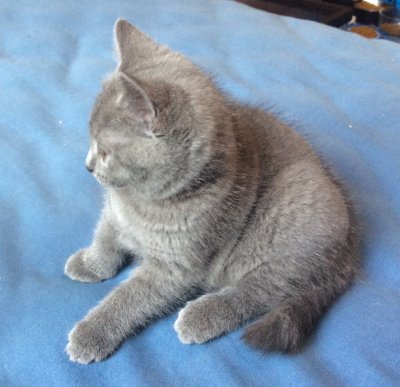- Joined
- Apr 14, 2018
- Messages
- 2,844
- Purraise
- 3,465
My kitty was adopted from a shelter just over a year ago. The shelter people were convinced she’s part Siamese although she has no papers.
She has a very interesting kink in her tail and I’m wondering what you guys can tell me about where this kink comes from and whether it tells us anything about her ancestry? I realize without papers we can’t make any claims but it’s still fun to discuss.


She has a very interesting kink in her tail and I’m wondering what you guys can tell me about where this kink comes from and whether it tells us anything about her ancestry? I realize without papers we can’t make any claims but it’s still fun to discuss.

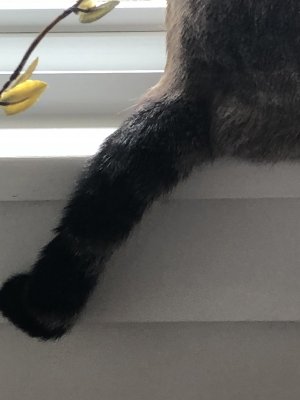
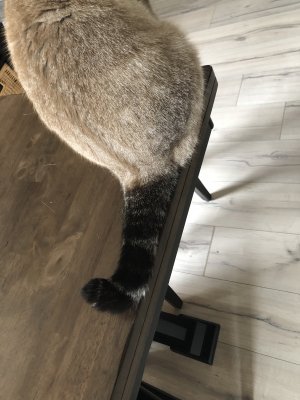
Last edited:








